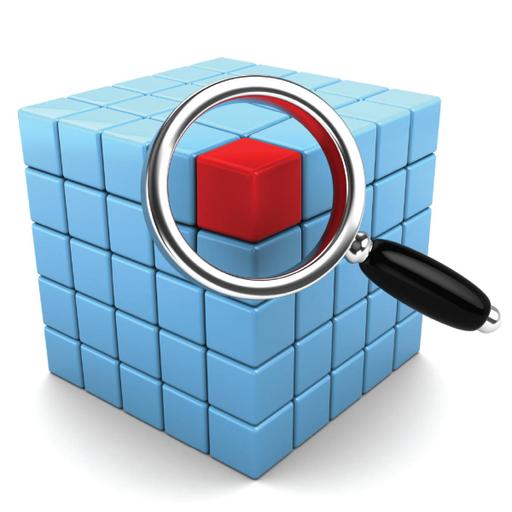Queue
Presentations | English
What is queue in data structure? A Queue is a linear structure which follows a particular order in which the operations are performed. The order is First In First Out (FIFO). The difference between stacks and queues is in removing. A queue is an ordered collection of items where the addition of new items happens at one end, called the “rear,” and the removal of existing items occurs at the other end, commonly called the “front”. Queues are flexible, requiring no communications programming. The programmer does not need any knowledge of inter-process communication. Data queues allow computers to handle multiple tasks. The queue can remain active when there are no entries, ready to process data entries when necessary. The advantages of queues are that the multiple data can be handled, and they are fast and flexibility. Disadvantages of queues can be: to include a new element in the queue, the other elements must be deleted.

15.50
Lumens
PPTX (62 Slides)
Queue
Presentations | English
